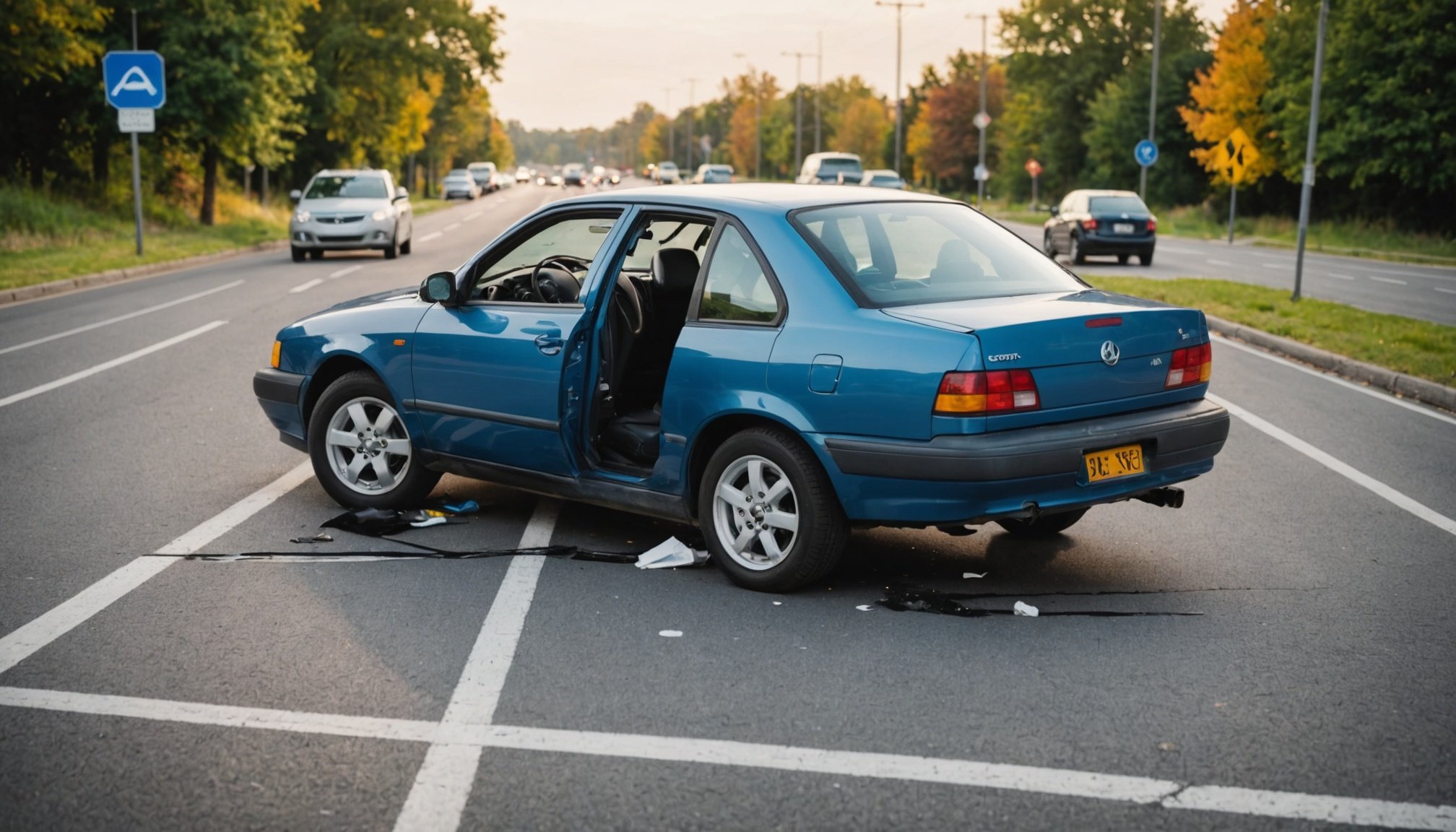Car accidents are an unfortunate reality on our roads. They affect not only the drivers involved but also passengers, pedestrians, and the broader community. Understanding the most common causes of these accidents can help you become a safer driver and prevent potential injuries. In this article, we will explore the various factors that lead to car accidents and provide you with practical tips on how to enhance your safety on the road.
Distracted Driving: A Leading Cause of Accidents
Distracted driving remains one of the most common causes of car accidents today. It refers to any activity that diverts attention from driving, such as texting, talking on the phone, eating, or adjusting the radio. When you engage in these activities, your ability to react to changing road conditions diminishes significantly. Statistics show that drivers who use their phones are up to 23 times more likely to get into an accident than those who stay focused.
In parallel : What should I know about child car seat safety regulations in the UK?
To combat distracted driving, it is crucial to prioritize attention on the road. You can implement strategies such as placing your phone on silent or using apps that limit notifications while driving. Additionally, plan your route ahead of time and set up your GPS before you start driving. If you need to make a call or send a text, pull over to a safe location first. Creating a culture of safety means leading by example and encouraging your passengers to stay focused as well.
By addressing the issue of distracted driving seriously, you can reduce the likelihood of becoming involved in a crash. Remember, your attention could be the difference between a safe journey and a potentially fatal accident.
In the same genre : How does regular maintenance contribute to my vehicle’s overall safety performance?
Speeding: The Silent Killer
Speeding is another leading factor in car accidents. A significant number of accidents occur because drivers exceed the speed limit or drive too fast for the conditions of the road. Higher speeds reduce the time available to react to unexpected events, increasing the severity of collisions and the likelihood of injury.
When you speed, you not only risk your own safety but also that of others on the road. According to research, even a small increase in speed can drastically elevate the risk of a crash. For instance, going just 10 mph over the speed limit can double the chances of an accident occurring.
To prevent speeding, it’s essential to understand the speed limits in your area and adhere to them diligently. Using cruise control on highways can help maintain a consistent speed, reducing the temptation to exceed the limit. Additionally, keep in mind the conditions of the road, such as weather or traffic density. Adjust your speed accordingly to ensure you can react appropriately to any situation that may arise. By practicing safe driving habits and adhering to speed limits, you significantly reduce the risk of being involved in a severe accident.
Driving Under the Influence: A Recipe for Disaster
Driving under the influence of alcohol or drugs is a critical issue that leads to devastating crashes. Impaired drivers struggle with coordination, judgment, and reaction times, which can result in serious accidents. The National Highway Traffic Safety Administration reports that approximately 28 people die every day in the United States due to drunk driving accidents.
To prevent these incidents, it is paramount that you never drive after consuming alcohol or drugs. Always designate a sober driver or use public transportation or rideshare services if you plan to drink. Additionally, educate your friends and family about the dangers of driving under the influence. If you observe someone attempting to drive while impaired, intervene and help them find a safer alternative.
By being aware of the risks associated with impaired driving and taking proactive measures, you contribute to a safer environment for everyone on the road. Remember, a few drinks can make a significant difference in your ability to drive safely.
Weather Conditions: A Hidden Danger
Weather conditions can dramatically affect driving safety. Rain, snow, fog, and ice create hazardous situations that can lead to accidents. Wet or slippery roads reduce tire traction, making it easier to lose control of your vehicle. Moreover, poor visibility in fog or heavy rain can also contribute to dangerous driving conditions.
To enhance your safety, it is vital to adjust your driving habits according to the weather. Slow down when road conditions are less than ideal, and increase your following distance to allow for ample time to react if needed. Using headlights during adverse weather improves visibility for you and other drivers, reducing the chances of accidents.
Additionally, consider equipping your vehicle with winter tires if you live in an area that experiences snow and ice. These tires offer better traction and can significantly improve your control on slippery roads. When caught in severe weather, do not hesitate to pull over and wait for conditions to improve. Your safety is always the priority. By acknowledging the impact of weather on driving and adapting your behavior accordingly, you can mitigate risks and help prevent accidents.
Understanding the most common causes of car accidents empowers you to take charge of your driving habits and significantly enhance your safety on the road. By recognizing the dangers of distracted driving, speeding, impaired driving, and adverse weather conditions, you can adopt effective strategies to prevent accidents.
Always prioritize your attention while driving, adhere to speed limits, avoid substances that impair your ability to operate a vehicle, and adjust your driving according to the weather. By implementing these safety measures, you not only protect yourself but also contribute to a safer community for all road users. Remember, safe driving is a collective responsibility, and every action counts.











